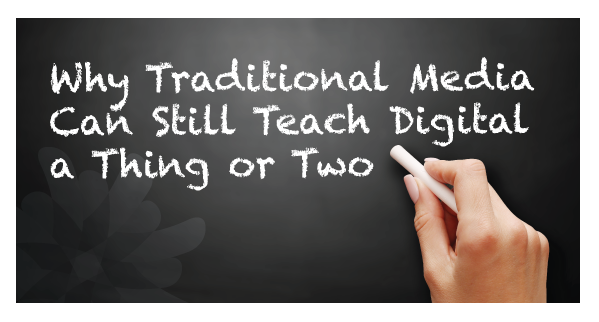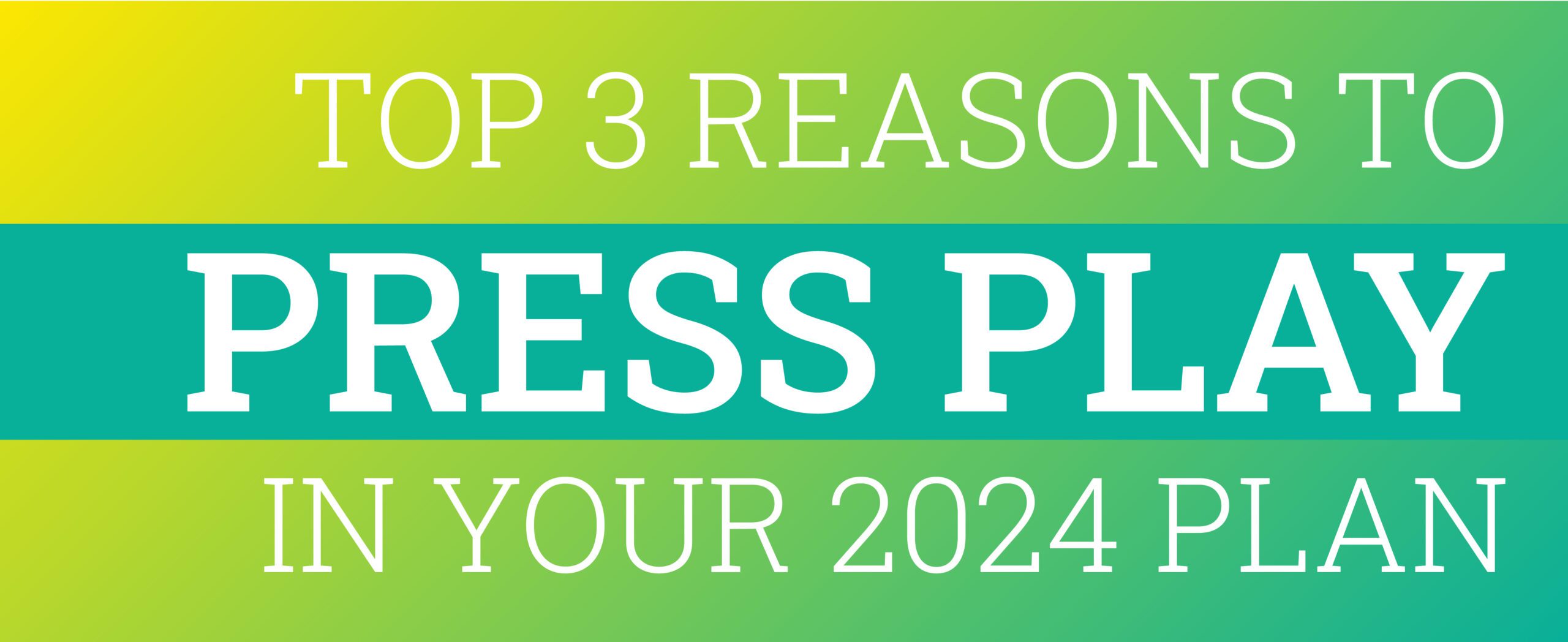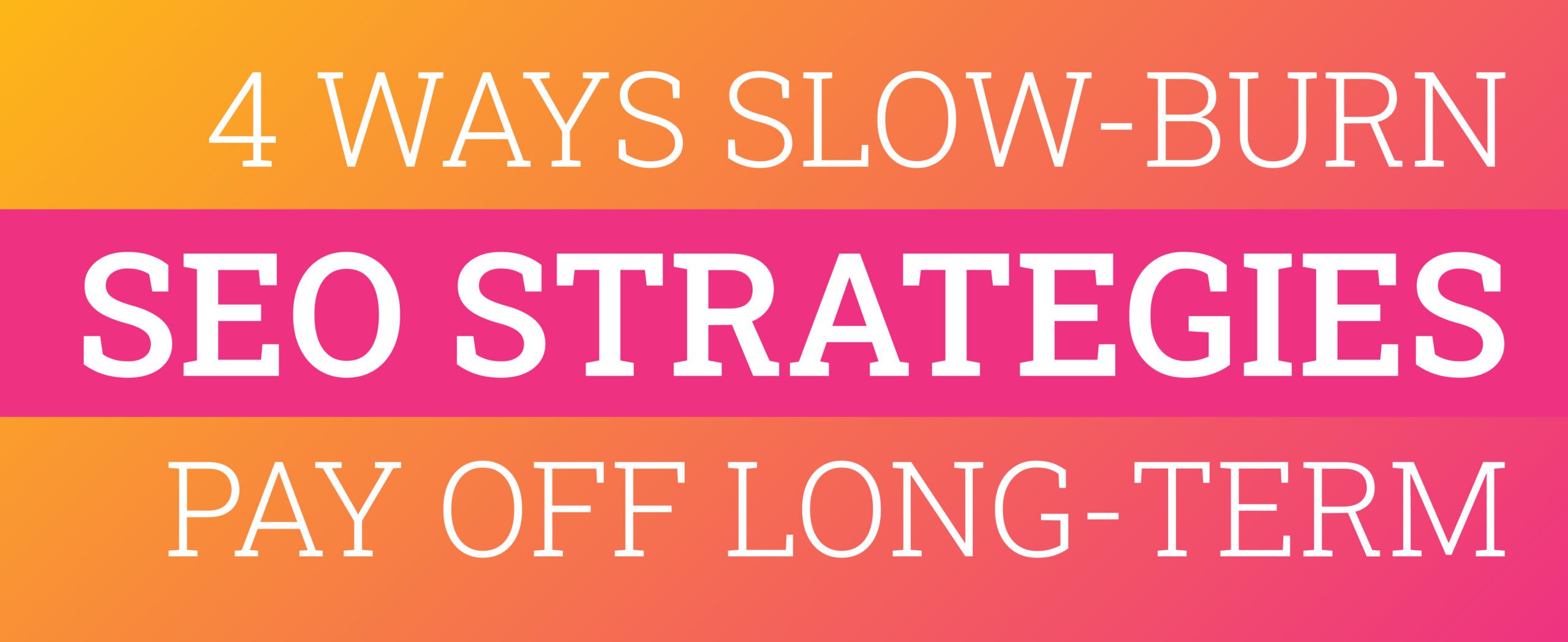As media marketing gurus, Andrea and I (and the entire team at MediaSpark) are often asked by clients what the difference is between traditional and digital media advertising. We know our clients aren’t quizzing us about general knowledge; what they are really asking is which one is better for their business.
That answer, of course, is a bit more complicated, and it depends on the client. But there are some specific differences between the two that we’d like to explain so that you can see how one or other–or both–could launch your business to a greater share of its target audience.
Where Digital Media Advertising Shines
You can’t deny the shiny factor of digital media. It moves us with video. It pops up in the palm of our hands. It sneaks into our social spaces when we least expect it. It’s a great website, a social media ad, a tweet. The true value of digital media and social media advertising isn’t just in its cost-effective way of encouraging a wider audience to learn about your brand–it’s how much, and how well, you are getting to know your target audience every time they engage with your ads. It’s a dynamic, fluid space that continuously shows both the customer and the business that they still have so much to learn about each other.
Traditional media advertising simply wasn’t built for that.
Why Traditional Media Isn’t Going Anywhere
While there is immeasurable (and measurable!) value in that two-way conversation, there is something to be said for an advertising platform that doesn’t talk back. Print ads, direct mail, radio spots, television commercials, billboards—these forms of traditional media aren’t going away anytime soon. Its one-sided nature is uncluttered, and it can approach the consumer in more physical ways–audibly on the radio, visually on a billboard, palpably in a flyer–in addition to its emotional and familiarity elements.
At the moment, traditional media is the best way to reach a local target audience. For companies that thrive in the neighborhood space, this will remain a critical component of your brand awareness campaigns. Flyers and direct mail pieces will always appeal to your tactile buyers, the ones that feel value in marketing materials they can jot down notes and names on, hold, and save. And studies prove this; direct mail is easier to process and tests better for brand recall. One of the reasons could be that we’re just not used to digital media holding our attention for long, and when it does, it’s two-dimensional. Another reason could be that the experience just feels more relatable and real–you heard the commercial in your car, saw the billboard on your commute, received the flyer in your mailbox.
In a perfect world, we would tell clients to incorporate both as much as possible. Considering almost 60% of the sales journey is completed online before a potential client even picks up the phone, we can’t deny the importance of a strong website and social presence. However, we’ve seen and experienced what traditional media marketing can do for brands just starting out in a community or expanding into new markets or launching a new product.
Obviously, we don’t live in a perfect world. (If we did, Starbucks would deliver by drone, and I’d never have to fold socks.) Until you have an unlimited budget, do what you can to craft a powerfully magnetic message and then choose the marketing platforms toward which your company can dedicate consistent resources. Be flexible, keep learning, and don’t count either media platform out entirely.
Which marketing platform is right for your business? We have your answer right here.





